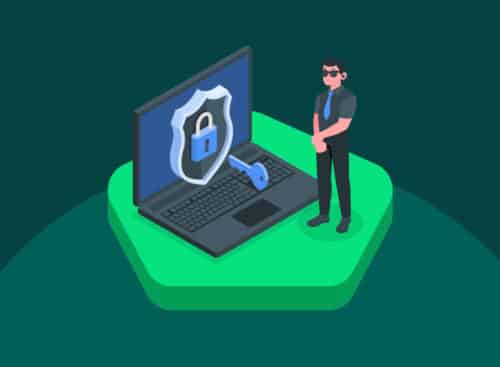
Fortifying Cyber Defenses: Measures to Reinforce Network Security
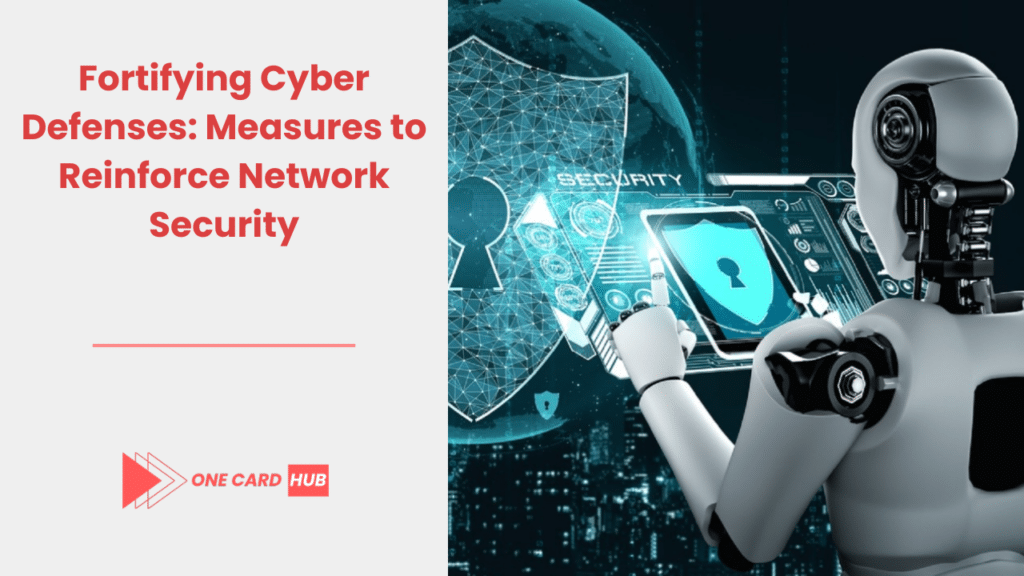
Today's is, without a doubt, the digital age where technology can be seen in practically every thing one does. This is why cyberdefenses, which are of a high level, are of utmost importance now. We find our digital world increasingly under threat from online scams that range from simple phishing attacks to intricate cyber-attacks. Therefore, as we go on defending it, the absolute and foolproof digital security measures become more indispensible. This blog post takes at several main ways by which people and organisations can apply in order to make their approaches to cyber defense tougher as well as protecting their assets.
Take into account the creation of cyber security awareness culture.
Starting from the very beginning of your organization defense in cyberspace, the best way to proceed is to realize a culture of consciousness in cybersecurity. Teaching employees the nature and symptoms of cyber risks like phishing e-mails and bogus computer coding is of importance. Capacity building through recurring drills and simulations are essential habits that should be acquired by the team so they can act quickly and well when the dangers come.
Implement Strong Access Controls
Access control is the most important element of security in coding. It should consider restriction of access for roles with high confidential information and system. Try where you can to use multi-factor authentication (MFA), which will make the already complex password gate much more challenging to be compromised by cyber criminals, even if they know your password.
Regularly Update Programs and Hardware to Ensure Compatibility
Cyber criminals take advantage of the weaknesses in the aged software and networks in their act of mischief This may include roles such as managing company research and development, cultivating new markets, or spearheading product launches and promotions. Present updates automatization to avoid having obsolete software applications that might make your device vulnerable.
Secure Your Networks
As networks are regarded as soft targets by many cyber-criminals, it is pertinent that they are secured from illegal entries and assaults. Leverage firewalls to regulate traffic in and out of the specified network segment in accordance with the predetermined rule set. Furthermore, encrypt sensitive data while transposing over a medium and as well as while storing it to avoid its interference or theft. Furthermore, Virtual Private Networks (VPN) can help creating a secure connection that is appropriate for remote working.
Backup Your Data Regularly
Frequent data copies play a role of last line of defense for cyber -bully incidents such as ransomware. By creating an undated backup of your systems and data, you can be sure that high-level restore options are available even if you are under an attack and stay as undisrupted as possible during the process. Guarantee backups are stored in a secure way with the possibility of storage in a separate physically and logically designated place.
Conceive and Score Test Incident Response Plans
Have much a developed incident response plan could you react fast and efficient in manners of cyber-incidents, thus make the damage and downtime minimized. Frequently check and improve your plan by taking drills and simulations to make sure that everyone is ready for the execution during the deadly time.
Take Part in Constant and Up-To-Date Vigilance and Analysis
Real-time monitoring of all your systems and networks makes it possible to react to threats on the spot and detect them before they do any damage. The central hub for log data collection and analysis that may be existed in your IT environment, must have security information and event management (SIEM) tools , this will generate alerts and help to detect indicators of a cyber-attack.
Leverage Threat Intelligence
Threat intelligence can literally be a lifesaving mechanism as it is a key factor in sustaining your cyber defense strategy. As you are well-informed about the evolving cybersecurity threat trends and tricks, you can better predict likely attacks and adjust your security measures based on the vulnerabilities that to be exploited. Feed the Threat Intel to your system, subscribe to cybersecurity newsletters, and participate in the industry forums to stay one step ahead of the impending threats.
Apply the strategy of Zero Trust Network Access (ZTNA).
The traditional security approach which relies on the "trust but verification philosophy" is no longer enough among the ever-evolving and complex cyber threats. A Test Active Trusting Theory (ZTT), which is based on "channel, always verify", can greatly improve an organization's digital security posture. With this approach, every user and device that tries out resources within your network is seen as a probable attacker, and it has to be authenticated and authorized to get access to the resources and remain online. Deploying the Zero Trust framework includes IAM solutions, micro-segmentation in networks and hardened access controls and encryption. These are near essentials to Zero Trust.
Invest in upgrading security technologies to be able to effectively control security threats
Since cyber threats are constantly being improved, our defense systems should always be additionally upgraded. Incorporation of powerful security technologies including AI and ML help to create a robust security system. Such technologies are capable of performing tasks such as molecular cyber threats detection, finding telltale attack patterns as well as predicting possible vulnerabilities before they can be exploited.
Encourage Responsible Device Management
With the rise of era where for many people the separation between demo obsession and professional device use is slowly becoming a thin line, it is indeed vital to differentiate between them and to consume devices with responsibility. Encourage employees to use protective measures on their private, i.e.Pc, laptops, tablets and mobile devices, e.g. antivirus software, strong passwords, and automatic updates application. To secure company devices, have effective policy in place, so as to guarantee that the devices are configured with approved security settings and system software.
Practice Good Cyber Hygiene
Through cyber hygiene is the groundwork of fruitful digital security. With straightforward practices like changing passwords frequently, not visiting unconscious websites, and sharing personal information with care online, your chance of becoming the victim of a cyber attack can be reduced significantly. Encourage employees to take the same steps even in their private lives. It is a well-known fact that the quality of working relations is improved and remains high if the employees are committed to the same values and principles in both professional and personal life.
Partner with Cybersecurity Experts
 Ultimately, it is worth to remember about partners with cybersecurity experts for advanced knowledge and services delivery. Cybersecurity companies are able to run vulnerability testing, penetration testing, and security audits that reveal if your defenses are not strong enough. They are also capable of giving an advice on good practices, develop and implement security strategies, as well as provide the aid in the cases the event of an unfavourable outcome.
Wrapping Up
Building up your cybersecurity is a dynamic process involving consistent reminders, hard work, and proactive actions. The incorporation of the strategies discussed earlier would then give you a more vigorous security architecture that not only furthers current threats but also is capable of staying up-to-date with any cyber threats from the evolving environment. Recall however, the payoff for prevention is mostly small compared to the devastation of a breach, which cannot be quickly recovered from. Invest in your digital protection now so you can continue living worry-free tomorrow.
Support Five-fold Innovation Security.
Cyber security is similar to the ever evolving and dynamic nature of technology; it constantly adapts to both the advancement and the ever changing tricks of attackers. Organizations should purposefully create an ambience where security practices are refined and innovated to be effective in the current digital environment. It could be done by creating specialized groups whose work is to discover and spread the security technologies, methodologies, and approaches, or to build collaborations with the universities and some research organizations which are known for their researches in the cybersecurity area.
Security cannot be an afterthought. It must be an integral part of the development lifecycle.
For instance, the security of an organization’s software is of utmost importance, and integration of security flaws into the SDLC becomes paramount. As a result, the DevSecOps approach, which is also known as design and development where security is not waiting for the end of the process, however integrates from the early stages of development. This feature makes it easier to find out and fix security holes in your applications before the ones with completed software have surfaced. This, in turn, reduces the possibility of security issues in the released software code.
Routinely Carry through Security Audits and Compliance Procedures.
Performing security audits and compliance tests as the clock ticks is necessary for realizing your system security loopholes and keeping cybersecurity and industry best practices updet to date and followed. They should be done thoroughly analyzing not only your IT systems but also how well the policies and procedures are being followed and whether employees are sticking to the protocols. The use of external auditors would give an unbiased review of your security aspects and then advise on measures where it is needed.
Encourage the»Rapid Response«Action
It must be admitted though, that even though the advanced cyber security precautions are in pace, the incidents of cyber attack still may happen sometimes. A quick responsive culture is all about the agile nature of your organization that allows it to respond fast and correct the problem quickly before it escalates the consequences further. This is secure through having an sufficiently trained team, regular communication channels, and correct processes for dealing with different types of security cases.
Understand the Essence of Risk Management
Although a cybersecurity is based in main on digital scope, physical security measures are therefore equally important. A threat actor that unlawfully gains physical access to your facility may even steal your equipment or data directly and uses it as a foothold for exploitation of your cybersecurity. For instance, tools including two-factor authentication as well as video surveillance, and staff education on security implementation are pivotal aspects of a detailed cybersecurity defense system.
Keep Updated information about the important global cybersecurity trends.
Cyber threat is a global aspect, and the attacks can be launched from anywhere even outside of the country where the danger was created. Being aware of current worldwide cybersecurity issues and events is the forensic science necessary decision-making taking into consideration all factors of the wider threat landscape. Engaging in international cybersecurity forums or networks could provide important information to give and thus promote exchange of knowledge.
Conclusion: A Continuous Journey
The best security in your digital life is a journey that should be on a continuous basis, accompanying gradual changes, flexibilities, and awareness. The strategies laid out here are to be considered as a framework that is used as a tool of building and retaining highly developed cyber security programs. The tactics will however continue changing as the cyber threat landscape becomes wide and complex. It's crucial to develop a position that is dynamic and focused on the process of continuous improvement in order to ensure that the security of your company remains the highest possible level and you have cultures of responsibility in security awareness and security in your organization. Our aspiration is not only to safeguard your organization from attacks but to make sure the security is inherent in your business, shielding your digital assets, and assembling the trust of your customers and shareholders.
FAQ: Enhancing Digital Security
1. In layman’s terms, cybersecurity awareness is an education on threat actors and their nefarious intentions. It is of paramount importance because it allows individuals to safeguard their privacy and secure their digital assets.
Cybersecurity awareness means being able to identify possible threats and following ways to lessen them. Without it, we are likely to make errors in the systems as humans remain the most vulnerable points of our security perimeter. Training employees to detect phishing schemes is a heck of a lot better than letting them fall for these traps and compromising the safety of the organization.
2. Besides, what is the role of multi-factor authentication (MFA) in the context of the security level?
MFA demands users to go through two-factor or even multiple authentications beside their password, so even if a password is compromised, the attacker will have a hard time to enter the system. It reduces the risk of hacking attacks because it combines a password with something you possess (such as a phone or a token).
3. The answer to the question is why are software updates and protection patches important?
Update and bugs patch regularly in act as a defense in information security by fixing openings that cyber adversaries can abuse. The short-lived security updates in a regular software maintenance close security gaps which would otherwise lead to breaches.
4. What importance do A firewalls and encryption networks have?
Firewalls filter the traffic of the network that comes in and goes out by applying a security configurations of a barrier which exists between networks that are in security(`secure`) and public(`untrusted`'). Encryption is a crucial process that makes data not recognizable to unauthorized users. It achieves this through the encoding of information to a coded format, both when in transit and at rest.
5. What about the disk backups help in keeping cybersecurity safe?
Backup is the cornerstone of an organizational arsenal, with data and systems being retrieved in extreme scenarios of cyber terror, such as ransomware, intact. Maintaining backups that are not easily accessible, but are separate from the primary data from a source of danger.
6. A crisis response plan is defined as being the list of measurable steps taken to handle a conceivable risk or emergency with the primary goal of rapid response in urgent situations.
An incident response plan is the official strategy which is clearly described in a document and which sets what should be done during the incident and after that subsequently. It is key for that to occur and carry out as effective as possible cyberattack prevention and considerably quick recovery of responders.
7. What does threat intelligence mean? and in which ways is it applicable?
Threat intelligence consists of the process of collecting and analyzing the threat risks being posed by the currently existing or impending threat actors and their methods, mechanisms or procedures. It thereby allows companies to forecast approaching danger and counteract through updating their security procedures as per the most relevant intelligence.
8. Could you describe me the concept of a zero trust security model?
According to the moto of Zero Trust, each network device, as well as any user inside or outside of the network, are equally considered risky until proper validation and authorization. Admittance takes as basis the users or device identity to determine whether or not a context and policy adherence has been attained, thereby greatly increasing security.
9. What is DevSecOps’ position in the software development process?
DevSecOps places security practices into the development framework itself - as opposed to the traditionally implemented last-mile security,- which requires identification and fixing of vulnerabilities after being introduced.
10. What measures of physical security can be added to provide the best complementary effect for cybersecurity?
The physical security extends its operations towards the physical access control which includes the guarding devices and the facilities against theft of equipment or data. Such security is also to make sure the attackers do not directly compromise digital security measures. Comprehensive security involves not only digital but also physical defense mechanisms as well.

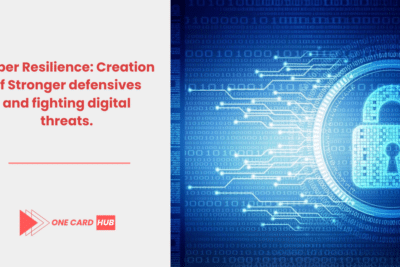


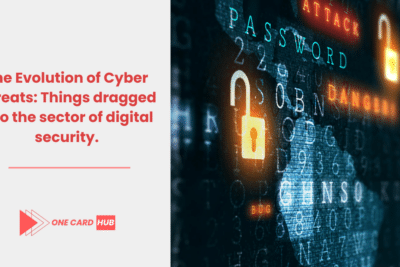
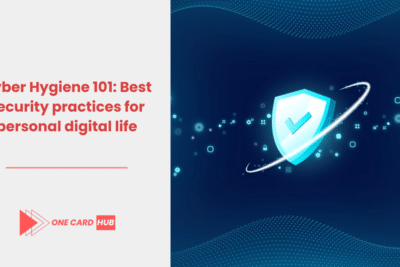
Related posts